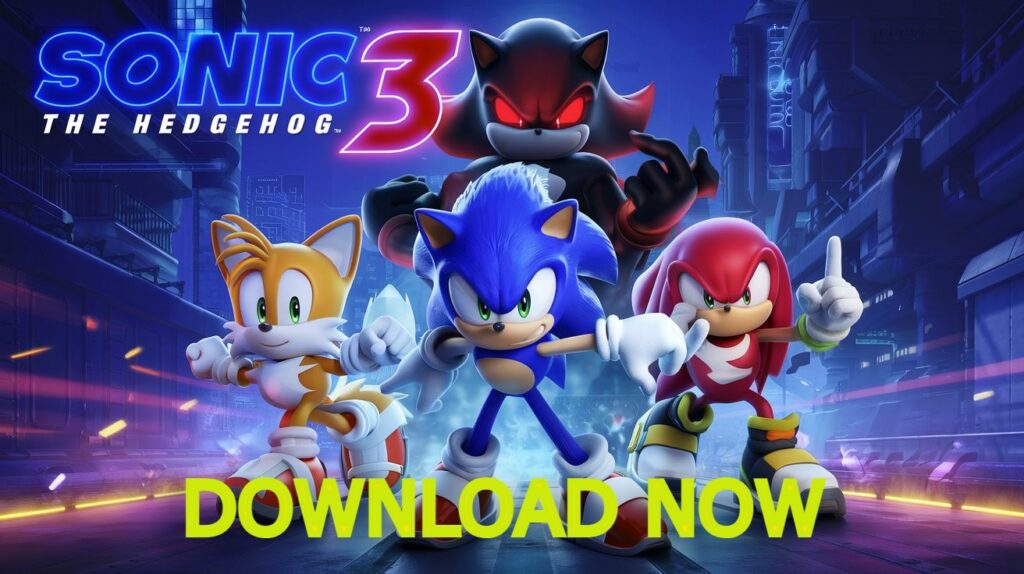Introduction: The Anticipation Leading Up to Sonic the Hedgehog 3
With the announcement of Sonic the Hedgehog 3, excitement among fans of the iconic blue hedgehog surged to new heights. As one of the most beloved characters in gaming history, Sonic has always had an enduring legacy, characterized by high-speed gameplay, inventive worlds, and a loyal fanbase. After the success of its predecessor, Sonic the Hedgehog 2, expectations were inevitably elevated. The anticipation for the third installment wasn’t born in isolation; it grew out of a landscape where fans were eager to see how Sega would evolve the franchise further, both narratively and in terms of gameplay innovation.
Pre-launch developments did little to temper enthusiasm. Teaser trailers and promotional materials hinted at an adventure that promised to offer not only greater thrills but also a deeper dive into Sonic’s lore. Longtime enthusiasts speculated about the inclusion of fan-favorite characters, such as Knuckles the Echidna, and debated the potential of new mechanics that could revitalize the gameplay experience. Expectations hovered around the franchise balancing nostalgia with modernization, ensuring it appealed to both legacy players and a growing new audience seeking fast-paced, action-packed gaming.
The gaming industry’s response to the announcement amplified the hype. Critics and analysts alike discussed how Sega could effectively address feedback from previous installations. Conversations centered on the dynamics of character design, level complexity, and soundtrack composition—key elements that often define the Sonic series. As screenshots and gameplay snippets emerged, they added fuel to the excitement, igniting discussions online that highlighted the sheer fervor surrounding this title.
Often labeled a cornerstone of platform gaming, Sonic’s enduring appeal lies in its ability to merge speed and strategy. The road leading up to Sonic the Hedgehog 3 reflects the high expectations of fans who view each release not merely as another game but as a continuation of a legacy—a fresh chapter in Sonic’s thrilling, fast-paced saga.
